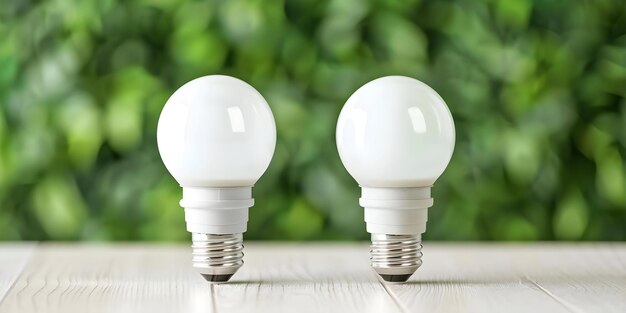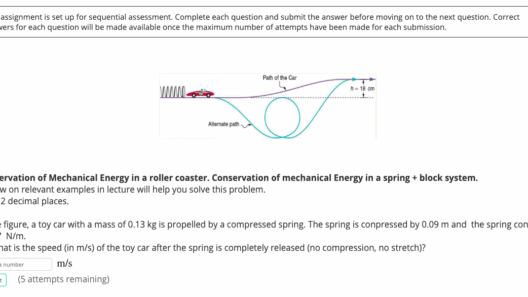Energy conservation is not just a trend; it’s a necessity to ensure a sustainable future. As energy prices climb and environmental concerns grow, the need for individuals to adopt energy-saving practices in their homes has never been more pressing. Are you ready to take on the challenge of conserving energy at home? This exploration of three practical strategies—employing programmable thermostats, integrating LED lighting, and optimizing appliance usage—will illuminate pathways to a greener lifestyle while also saving money.
1. Programmable Thermostats: The Smart Way to Regulate Temperature
One of the most effective interventions to lower energy consumption is through the utilization of programmable thermostats. This sophisticated piece of technology allows homeowners to customize their heating and cooling schedules based on their individual lifestyle patterns. But how does it work?
Think of your home’s temperature as a canvas on which you can paint your ideal living conditions. With programmable thermostats, you can orchestrate the temperature by setting specific times for heating or cooling to activate. For example, by lowering the thermostat during the hours that you are asleep or away at work, you can significantly reduce energy usage. Instead of needlessly heating or cooling an empty house, you can program the thermostat to start adjusting the temperature just before you arrive home.
The potential savings from this small investment can be substantial—typically in the range of 10 to 30 percent on heating and cooling costs. Moreover, some advanced models provide insights into energy consumption patterns, suggesting optimizations that align with usage trends. Imagine managing your energy consumption with the same finesse that an artist manages their palette. Could this be the key to a more sustainable lifestyle in your household?
2. The Switch to LED Bulbs: Illuminating Energy Efficiency
As we explore further avenues for conservation, let’s shift our focus to lighting. Traditional incandescent bulbs, though once considered revolutionary, are now known for their inefficiency. Transitioning to LED (Light Emitting Diode) bulbs is not merely a popular choice; it’s an essential step towards energy efficiency. Why? The answer lies in the remarkable disparities in energy usage and lifespan.
LED bulbs utilize a fraction of the electricity required by incandescent or fluorescent equivalents to produce the same amount of brightness. They consume about 75 percent less energy and last up to 25 times longer. Picture this: by simply replacing a few bulbs in your home with LED options, you’re dramatically slashing your energy expenditure and simultaneously elongating the lifespan of your lighting solutions.
Beyond their energy-efficient operation, LED bulbs are available in a plethora of styles and color temperatures, allowing for aesthetic versatility. They can easily be incorporated into any home décor while providing savings on both your energy bills and replacement costs. However, this transition doesn’t merely impact your wallet; it contributes to a significant reduction in greenhouse gas emissions. As more households make the switch, the collective impact can indeed be substantial. Are you ready to let your home shine brighter with energy efficiency?
3. Optimizing Appliance Usage: Shifting Toward Efficiency
Finally, let’s examine the many appliances that populate our home environment. From refrigerators to dishwashers, these devices can be significant energy consumers. The challenge lies in how we use them. Smart energy management incorporates both the selection of energy-efficient appliances and mindful operational strategies.
When purchasing new appliances, seek out those that are Energy Star certified. These appliances are engineered to be more efficient, consuming less power without sacrificing performance. But acquiring energy-efficient appliances is just part of the equation. Responsible usage amplifies their savings potential.
For instance, run dishwashers and washing machines with full loads, rather than small partial loads. Use the eco-mode settings that many modern machines offer, optimizing water use and energy consumption concurrently. Scheduling high-energy tasks, such as laundry or running the dishwasher, during off-peak hours as well can mitigate energy costs. This vigilant approach to appliance usage challenges conventional habits and paves the way for significant energy savings.
Conclusion: The Road to Energy Conservation
As we reflect on these three energy-conserving strategies, it becomes evident that every small change contributes to a larger impact. With programmable thermostats regulating climate control, LED bulbs illuminating spaces more efficiently, and optimized appliance usage forming the backbone of conscientious living, the path to a greener home appears not just feasible but also rewarding. These practices not only promise a reduction in energy bills but also cultivate a sense of responsibility toward our planet.
So, are you ready to take on the challenge of conserving energy at home? By adopting these strategies, you not only enhance your living conditions but also contribute to a broader movement aimed at safeguarding our environment. The time to act is now — let your efforts ripple through your community and beyond!








